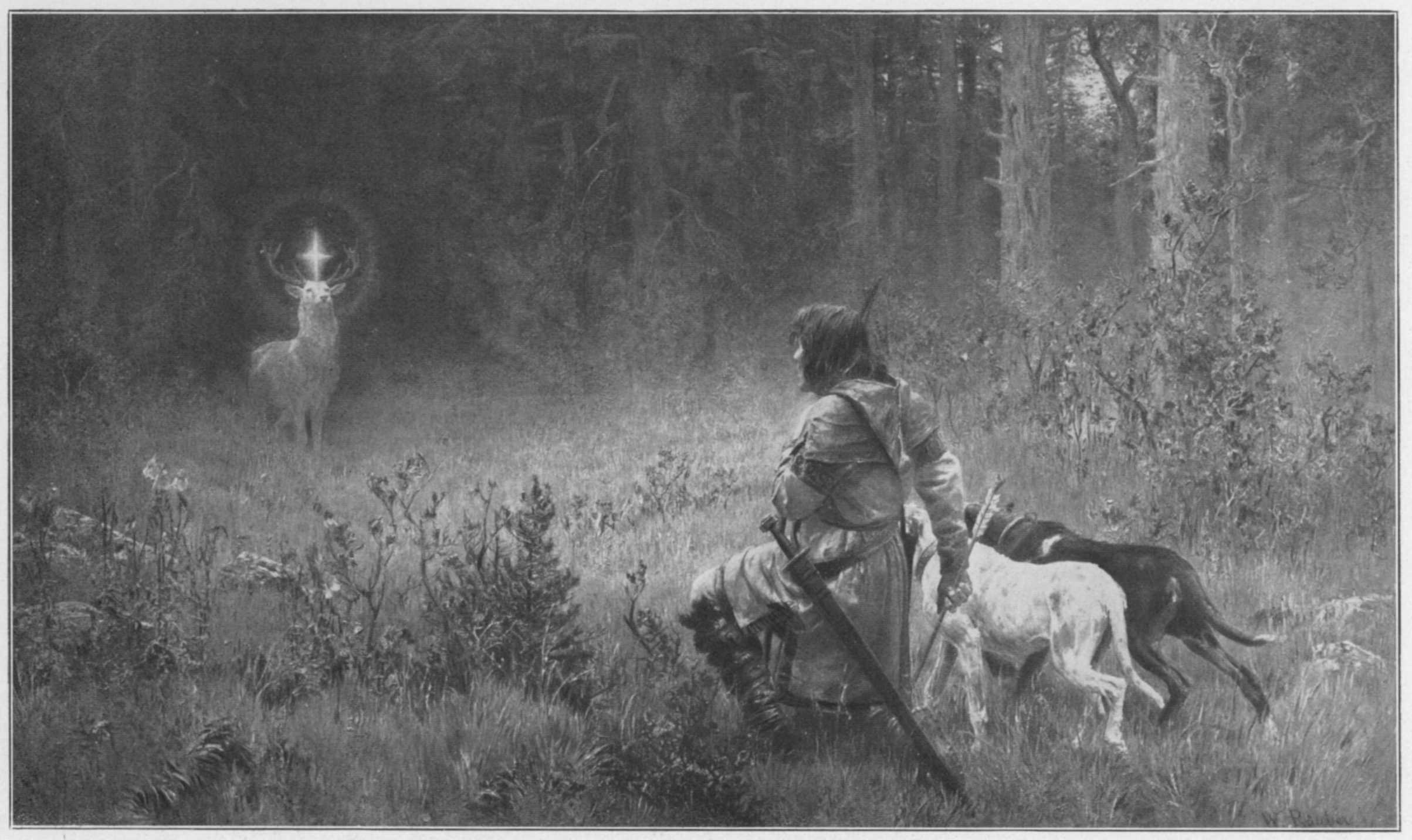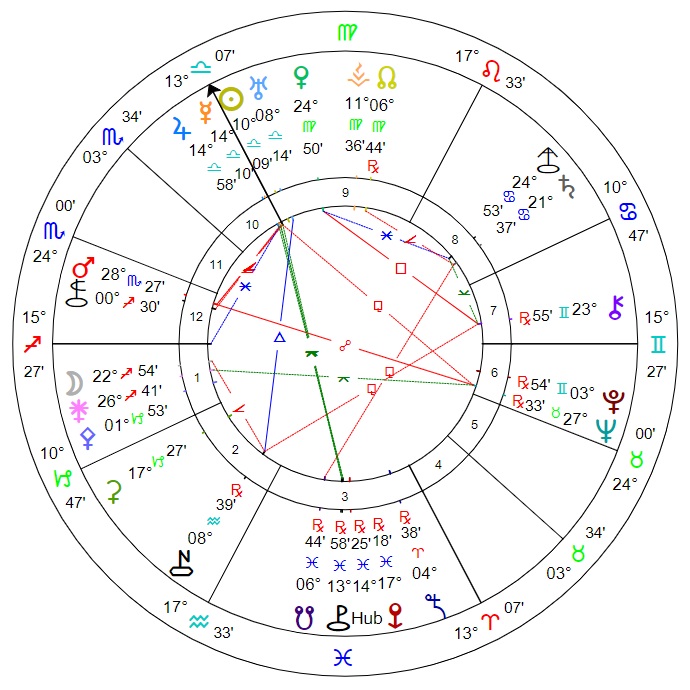Basics
Class: CX-type asteroid
Location: Outer main belt, Cybele group
Orbit length (approx): 6.40 years
Discovered: 3rd October 1886 (time unknown), from Vienna, Austria, by Johann Palisa
Notes: Large asteroid with mean radius of about 95 km.
Events at time of discovery:
- September 21 – American physicist William Stanley Jr. patents the first practical alternating current transformer device, the induction coil.
- September 24 – Birth of Edward Bach, English metaphysician, homeopath
- September 26 – Birth of Archibald Hill, English physiologist, Nobel Prize laureate
- October 3 – Birth of Alain-Fournier, French writer
- October 6 – Birth of Edwin Fischer, Swiss pianist, conductor
- October 7 – Spain abolishes slavery in Cuba.
Naming information
Name origin: St. Hubertus or Hubert (c.656-727), a kind of pre-Francis who established ethical rules on hunting, and cared about the welfare of animals. Hubert is venerated every year by the hunts in formal ceremonies. He is patron of archers; dogs; forest workers; trappers; hunting and huntsmen; mathematicians; metal workers; smelters and the city of Liège.
 |
| “The Conversion of Holy Hubertus”, Wilhelm Räuber (1849-1926), from Eduard Engels’ Hausbuch deutscher Kunst; Deutsche Verlags-Anstalt, Stuttgart und Berlin 1913. |
Astrological data
Discovery degree: 14+ Pisces
Discovery Sabian: An Officer Instructing His Men Before a Simulated Assault Under a Barrage of Live Shells
Discovery nodal signature: Virgo–Pisces
Estimated orbital resonances: Mars 1:3, Ceres 5:7, Jupiter 13:7, Uranus 13:1
Discovery chart details: Noon. Huberta was quincunx Mercury-Jupiter, and conjunct Pholus. Stellium in Libra. Saturn was semi-square the North Node. Mercury was semi-square Mars; Venus square Chiron and sextile Asbolus; Mars opposite Neptune. Jupiter was semi-square Chariklo; Uranus trine Nessus; Juno quincunx Neptune. Pluto was sextile Sedna, and Ceres sextile Eris. Chiron was sesquiquadrate Nessus.
Summary
Correspondences are likely to signify conservation, ethics, longstanding changes and effects, gradual development and/or careful testing, and new beginnings.
 |
| Noon discovery chart for (260) Huberta: 3rd October 1886, Vienna, Austria. |
